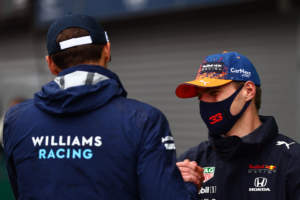Up Next

The Haas Formula 1’s team work on the new 2022 regulations is being led by a technical organisation that started “almost from scratch” alongside new technical director Simone Resta’s arrival.
F1 teams are preparing for a major departure in car design for next season and Haas took the most advanced view of all by significantly restricting its work on the 2021 car in order to focus on 2022.
The team did the minimal work required to adapt its 2020 car for the revised floor rules in 2021, opting to save as much of its financial and aerodynamic testing allowances as possible for next year’s design.
That is being led by new technical director Resta, a long-time Ferrari man who was briefly the technical chief at Haas’s midfield rival and fellow Ferrari customer Alfa Romeo before returning to Ferrari as head of chassis engineering until this season.
Resta is the first technical director in Haas’s short F1 history. Reporting to him is a team of senior personnel in largely different roles compared to 2020. And he says the 2022 project “started in parallel with the group’s creation, as well as to all the new processes and reviews we’ve put in place”.
Previous head of aerodynamics Ben Agathangelou is head of engineering operations, with former principal aerodynamicist Arron Melvin replacing him in the former role.
Ayao Komatsu is now director of engineering, having previously held the position of chief race engineer, Matteo Piraccini is now head of chassis engineering instead of head of mechanical design, and former head of vehicle performance Maurizio Bocchi is now performance development manager.
Of the group reporting to Resta, only chief designer Andrea Da Zordo holds the same position as last year.
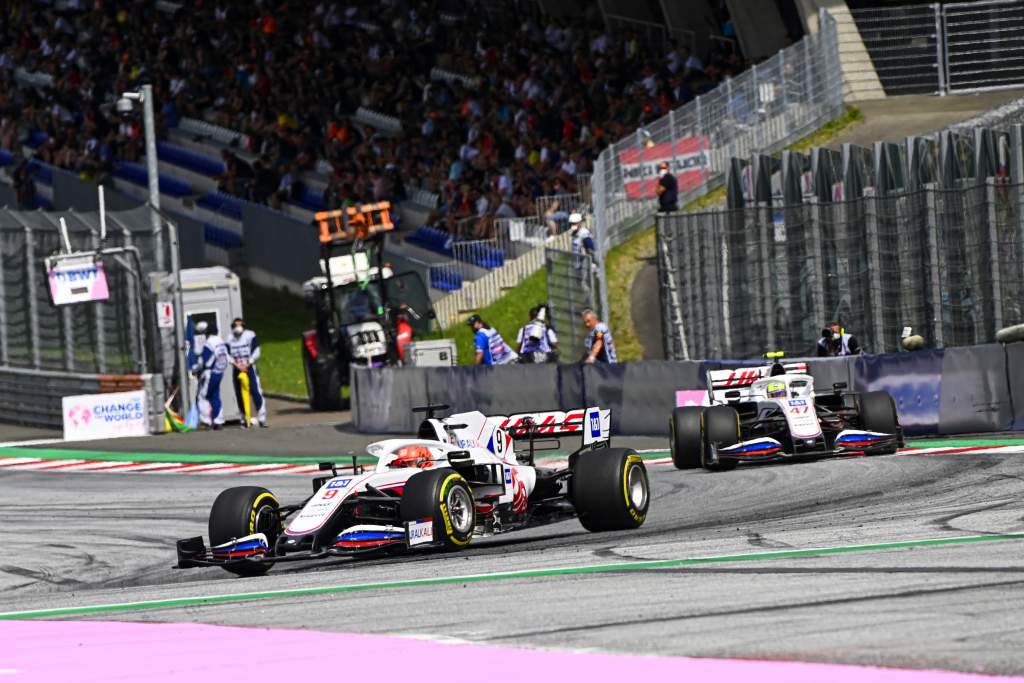
“I joined the team in January this year and I started working with the team on the new technical organisation almost from scratch, being quite involved in the recruitment process to form the technical organisation, reviewing roles and decision-making process, and in parallel doing minimal work needed to legalise the VF-21,” said Resta.
“It’s always a compromise as we operate with finite resources, and with the introduction of the budget cap in our sport, it will bring more and more of those compromises in to play.
“The chassis project choices are being made mainly between Andrea and Matteo, with the support of Ben regarding legality and planning.
“The responsibility to drive forward the aerodynamic development is part of Arron Melvin’s mission.
“In his daily business, he’s supported by two principal aerodynamicists, Juan Molina and Rhodri Moseley, who are managing several aero team leaders in charge of all the areas of the car.
“The vehicle performance is a daily business for the whole technical organisation, but it’s worth mentioning Maurizio and Ayao as two key players.
“To make an example, if we think about aerodynamic development, at every point in time we can imagine having two separate groups developing in parallel the new car and the current year car.
“In 2021, this is an exception as Haas made the strategic choice to focus the efforts on the new 2022 car development almost completely.”
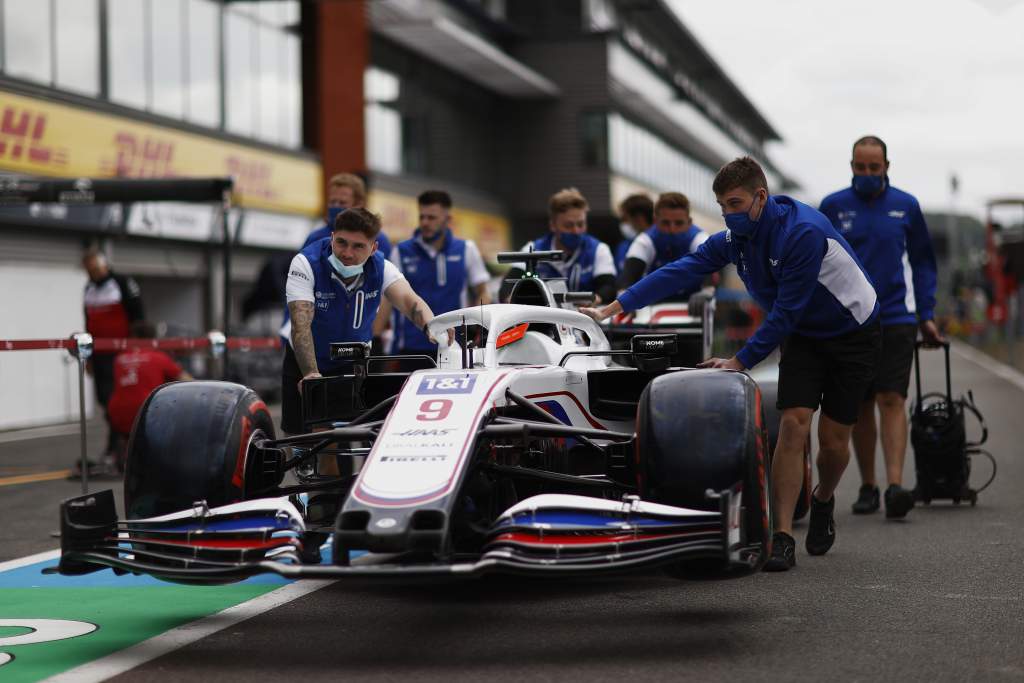
While Haas is betting on its revised structure to pay off, it has come with complications. Resta admits the team’s 2022 work “started a bit on the back foot” because it was simultaneously completing its new set-up “while developing processes and tools as well”.
“But we believe that this investment will pay off and we’ll have a competitive car, and we’ll have lots of fun again in 2022,” he says.
Haas will continue its Ferrari engine and gearbox supply into 2022 while the new Ferrari customer division is responsible for a reduction in the contribution made by Haas’s partner Dallara.
“We replaced some of the people from Dallara with people from Ferrari. They are concentrating on the 2022 car” :: Guenther Steiner
The Dallara collaboration was key to Haas joining the grid in 2016 and it still provides support on design, aerodynamic work and windtunnel engineering.
But Haas’s customer facility at Ferrari, which is separate to the Ferrari team’s building, will take on more of the work as Ferrari is redeploying staff it can no longer use under F1’s new-for-2021 budget cap.
That is why some engineers joined Haas with Resta, who will be based at the Maranello facility along with some others while the rest of the technical group is split between that facility, Haas’s UK base in Banbury, and Dallara.
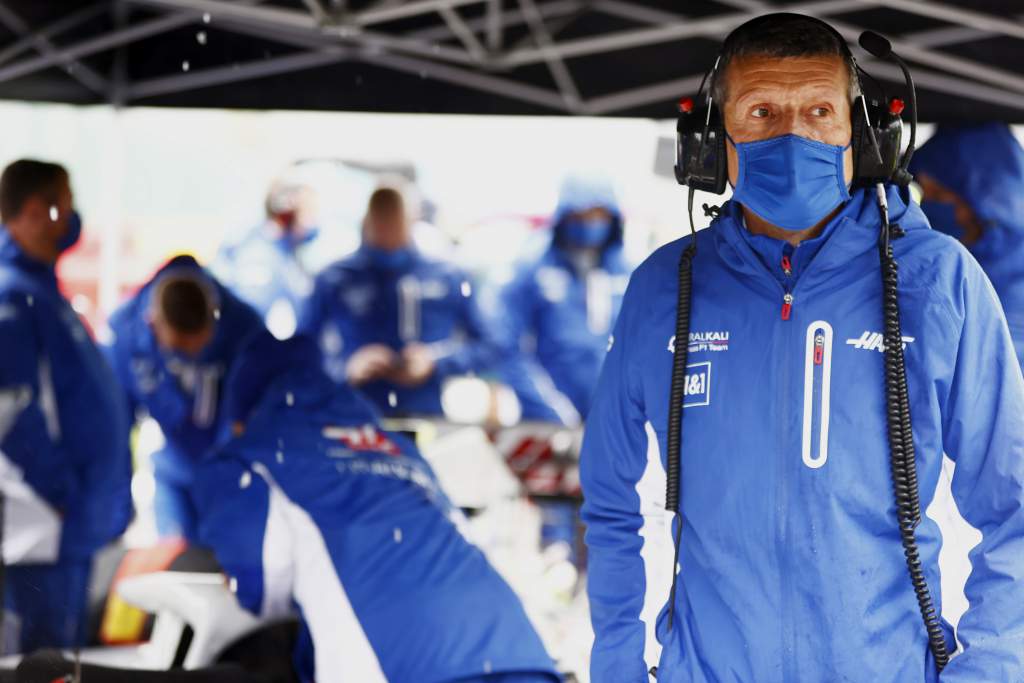
“We replaced some of the people from Dallara with people from Ferrari,” Haas team principal Guenther Steiner said earlier this year.
“We still have an office at Dallara as well because we use about an average of 30 people from Dallara.
“Nothing has changed in the principle, it’s just that instead of having some people from Dallara before, we got some people from Ferrari for the future.
“They are concentrating on the ’22 car. We abandoned the ’21 car. We did a little bit of work on reliability issues with the ’21 car but all the people in Maranello, because this is Haas people and Ferrari people, they are focusing on ’22 and Dallara they switched over to ’22 [as well].”
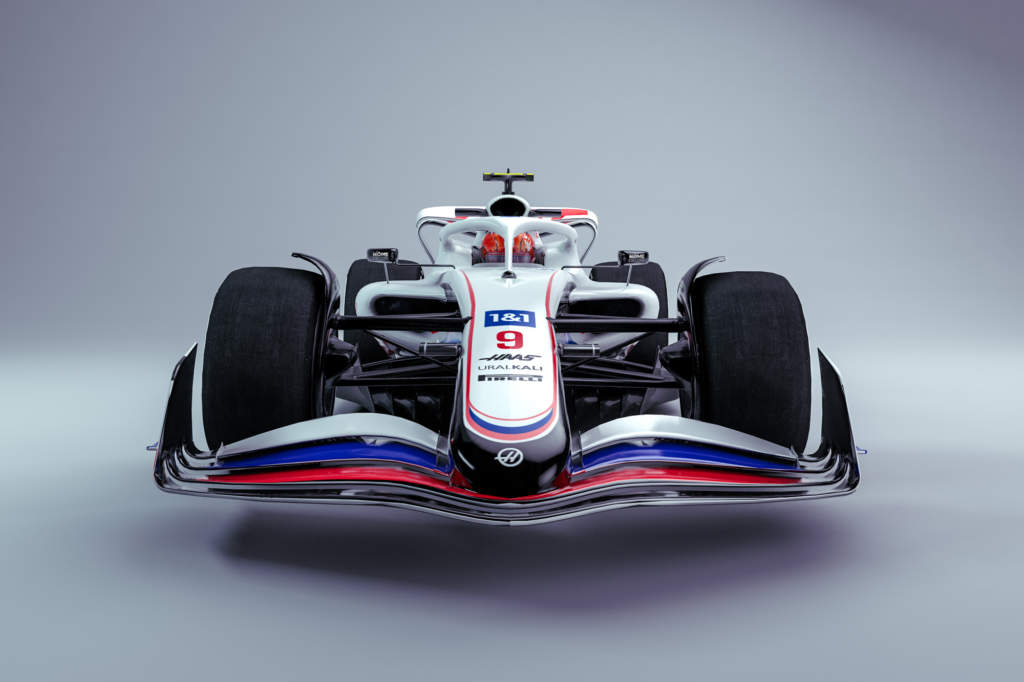
Now, Haas’s new-look technical team is in what Resta calls the “advanced concept stage” of the 2022 car and is approaching its first major design freeze, for the fuel cell.
“There’s still full freedom to develop each component but we are getting close to the first components geometry freeze,” he says.
“One of the first definitions is the fuel cell. The first information released to the supplier is the fuel cell shape.
“Once you define that, it means that this part of the chassis is defined.
“That becomes a constraint, and you keep working on the remaining parts of the car. So that is the first component freeze.”





